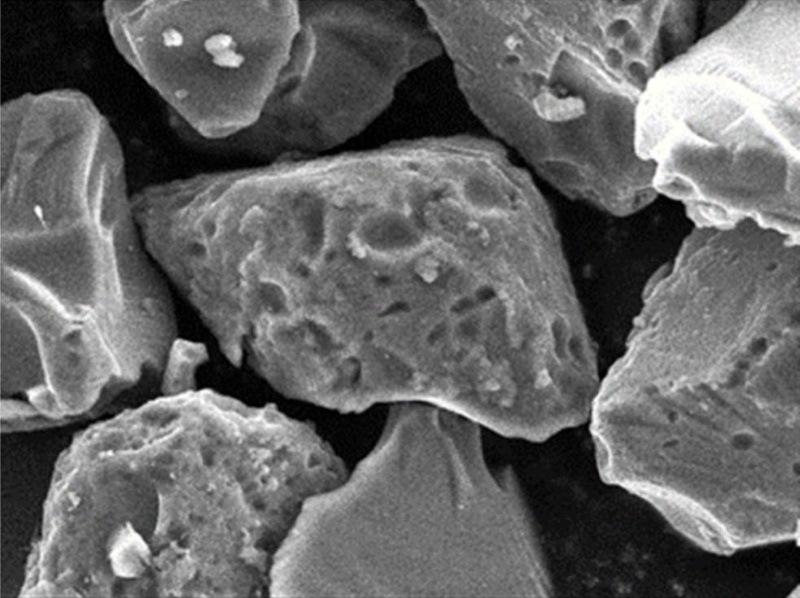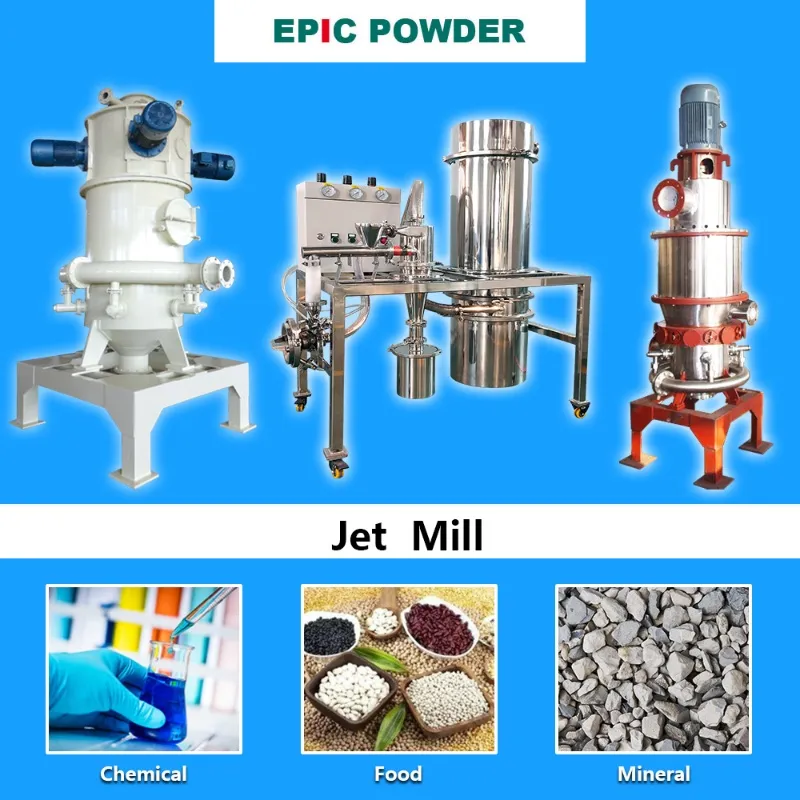Silicon-oxygen anodes are an important branch of silicon-based anodes. Their production process has unique technical characteristics and requirements. The core raw material is silicon monoxide (SiOx). Its preparation and processing form the foundation of the entire production process. Silicon-oxygen anodes can be classified into three types: regular, pre-magnesium, and pre-lithium. Each type has a different focus in its production process.

Preparation of Silicon Monoxide Precursors
The preparation of silicon monoxide (SiOx) precursors is the primary step in producing silicon-oxygen anodes. The industrial method for producing SiOx mainly uses high-temperature sublimation. Photovoltaic waste silicon powder and quartz sand are mixed in a weight ratio of 1:1.2 to 2. This mixture is placed into a sublimation furnace. The furnace operates under a vacuum or low-pressure environment (0.01-1000 Pa). The temperature in the heating zone is maintained between 1200°C and 1800°C. This allows the mixture to react and produce silicon monoxide vapor.
The sublimation furnace is divided into two sections. The lower part is the heating zone, which uses medium-frequency induction heating or silicon-molybdenum rod heating. The upper part is the deposition zone, with a water-cooled collection tray (condensation temperature 400°C to 800°C) to collect sublimed silicon monoxide. Key equipment includes the vacuum sublimation furnace, vacuum system, and heat exchange system. Temperature gradient, vacuum level, and condensation rate must be precisely controlled. This ensures the uniformity and crystallinity of SiOx.

After the silicon monoxide bulk material is crushed and classified, it moves to the next process. A jaw crusher is used for coarse crushing, reducing the SiOx blocks to millimeter-sized particles. Then, a collision-type air jet mill is used for fine grinding. This results in micron-sized silicon powder with a D50 <10μm. The air jet mill uses high-speed air currents to cause particle collisions. This avoids contamination from traditional mechanical crushing. Crushing intensity and cycle count must be controlled. This prevents over-fine particles, which could cause fluidization problems later.
The Secondary Granulation System
The secondary granulation system is a key step in solving the fluidization problem of ultrafine powders. Micron-sized silicon monoxide powder is mixed with a carbon-containing binder solution (such as polyacrylonitrile, polystyrene, polyvinylpyrrolidone, or polyvinyl alcohol). The mixture is then stirred and spray-dried to form secondary particles with a particle size of 30-50μm. This process transforms the silicon monoxide particles from class C (below 10μm and prone to agglomeration) into class A particles (above 30μm and easily fluidized), significantly improving the material’s flowability.
The secondary granulation equipment mainly includes a high-speed mixer, a spray drying tower, and a hot air system. During operation, it is necessary to control the binder ratio, stirring intensity, and drying temperature to ensure particle uniformity and strength.
Carbon Coating Treatment
Carbon coating treatment is the core step to enhance the conductivity and cycling stability of silicon-oxygen anodes. Secondary particles are continuously fed into a fluidized bed reactor by a screw feeder. At temperatures between 600°C and 1000°C, the particles react with carbon source gas (such as acetylene) for 1 hour, achieving uniform carbon coating on the surface. The fluidized bed reactor is equipped with a preheater (with a preheating temperature not lower than 400°C) to minimize temperature fluctuations.
The key to this process is controlling the flow rate of the fluidizing gas (nitrogen or argon), initially set at 8L/s, to ensure the particles are fully fluidized without being carried away. The coated material is continuously discharged through the discharge device and the waste heat is recovered via a heat exchanger.
Pre-Mg-SiO Anode
For pre-magnesium silicon-oxygen anodes, the production process adds a magnesium thermal reduction step to the basic silicon-oxygen process. Silicon (Si), silicon dioxide (SiO2), and magnesium (Mg) are mixed and heat-treated in a high-temperature furnace. This generates a magnesium-doped silicon monoxide precursor, which is then subjected to subsequent crushing, grinding, and carbon coating.
Magnesium doping helps prevent excessive formation of the SEI (Solid Electrolyte Interphase) film, boosting the first-cycle efficiency to around 80%. However, it increases the material cost by approximately 100,000 to 200,000 RMB per ton and may affect the cycling performance.
Pre-lithium Silicon-oxygen Anodes
For pre-lithium silicon-oxygen anodes, a lithiation step is added after carbon coating. Lithium powder or lithium oxide is mixed and sintered. This can increase the first-cycle efficiency to 86%-92%. However, pre-lithiation technology still faces safety and large-scale production challenges. The degree of industrialization remains low.
Lithiation equipment must operate under an inert atmosphere (such as argon). The temperature rise rate and mixing uniformity must be strictly controlled. This prevents localized overheating, which could lead to safety issues.
Main Production Processes and Key Parameters for Silicon-Oxygen Anodes
| Production process | Key equipment | Process parameters | Quality control points |
| SiOx preparation | Vacuum sublimation furnace, condensation system | Temperature 1200-1800℃, pressure 0.01-1000Pa | SiOx composition uniformity, crystallinity |
| Crushing and grading | Jaw crusher, air jet mill | D50<10μm | Particle size distribution, metal contamination control |
| Secondary granulation | Mixer, spray drying tower | Particle size 30-50um | Particle strength, porosity |
| Carbon coating | Fluidized bed reactor, preheating system | Temperature 600-1000℃, time 1h | Carbon layer uniformity, coating amount |
| Pre-doping | Mixer, sintering furnace | Depends on the doping element | Doping uniformity, safety |
The final step in the production of silicon-oxygen anodes is post-processing. This includes crushing, sieving, de-magnetization, and packaging. These steps are similar to those for conventional anode materials. Special attention must be paid to the hygroscopicity and oxidation sensitivity of silicon-based materials. Operations typically need to be conducted under a dry atmosphere or vacuum environment.
Throughout the entire production process, the data acquisition and control system monitors and adjusts parameters in real-time. These parameters include temperature, pressure, and flow rate. This ensures process stability and product consistency.
Epic Powder
EPIC Powder is at the forefront of advancing the production of silicon-based anode materials. With expertise in processing nano-silicon powders, composite precursors, and carbon coating treatments, EPIC Powder is well-equipped to support the growing demand for high-performance battery materials. As the industry continues to evolve, EPIC Powder’s innovative solutions play a key role in enhancing energy density and cycling stability, contributing to the development of next-generation lithium-ion batteries for electric vehicles and energy storage systems.
